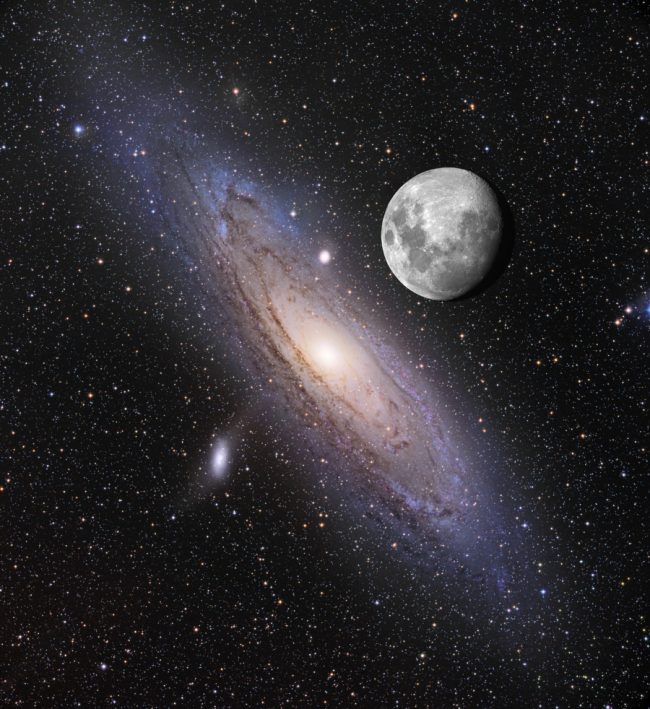My Wonder question:
When will the Andromeda galaxy crash with the Milky Way, what will happen, and what will happen to Earth?
by: Arbish Sheraz
Our galaxy, the Milky Way, and our neighboring galaxy, Andromeda, will collide in about 4 billion years. The Andromeda galaxy is over 12 billion years old and is the nearest known galaxy to our own. As both galaxies are “spiral-shaped,” they have characteristics in common with the Milky Way. The Milky Way has about 100 billion stars, whereas Andromeda has approximately 1 trillion. Although both galaxies are travelling at an astonishing 402,000 kilometers per hour (113 kilometers per second), they won’t meet for another 4 billion years (2.5 million light-years.)
The Andromeda galaxy is 200,000 light-years larger than our galaxy and has a diameter of 200,000 light-years. What will happen to Earth once the two galaxies collide? Is a question on scientists’ minds. The Earth will have become too hot owing to pollution around the time of the crash, eradicating all terrestrial life. If life on Earth somehow continues to exist, the Sun will have evolved into a new stage of its life. This means that the heat from the Sun will be so intense that none of the life forms on Earth will be able to tolerate it, leading to the extinction of all life. The merging of light and stars in the night sky as the galaxies meet will be an incredible sight.

In 4 billion years, the centers of the two galaxies are expected to collide, but the merging of their outer reaches has already started. The “galactic halo” around every galaxy is composed of gas, dust, and errant stars. Scientists assessed the extent of the Andromeda galaxy’s halo and discovered that it is nearly twice as large as the visible center. This indicates that the invisible edge of Andromeda and the invisible edge of the Milky Way are already merging. Although it may appear that the collision will occur sooner than expected, NASA scientists have determined that, if the galaxies keep moving at their current velocity, they will eventually collide.
Before the collision happens, the Earth will be in an extremely precarious position. The Sun will change shape as it gets hotter and older. The Sun will be a red giant by the time the impact is scheduled to take place, big enough to swallow Mercury and Venus. The frequent solar flares (short-lived eruptions from the sun’s surface), which burn our globe to the core piece by piece, and the immense heat from the Sun will make Earth unlivable.

In conclusion, the Milky Way’s demise will result from the inevitable collision with Andromeda, as the two galaxies are expected to merge to form an even larger galaxy. Life on Earth may not last as long as we imagine if both the Earth and the Sun continuing to warm. The fate of our galaxy and Earth is in the grip of time as the galaxies race toward one another.
a Video of Andromeda from Earth:
Leave a Reply